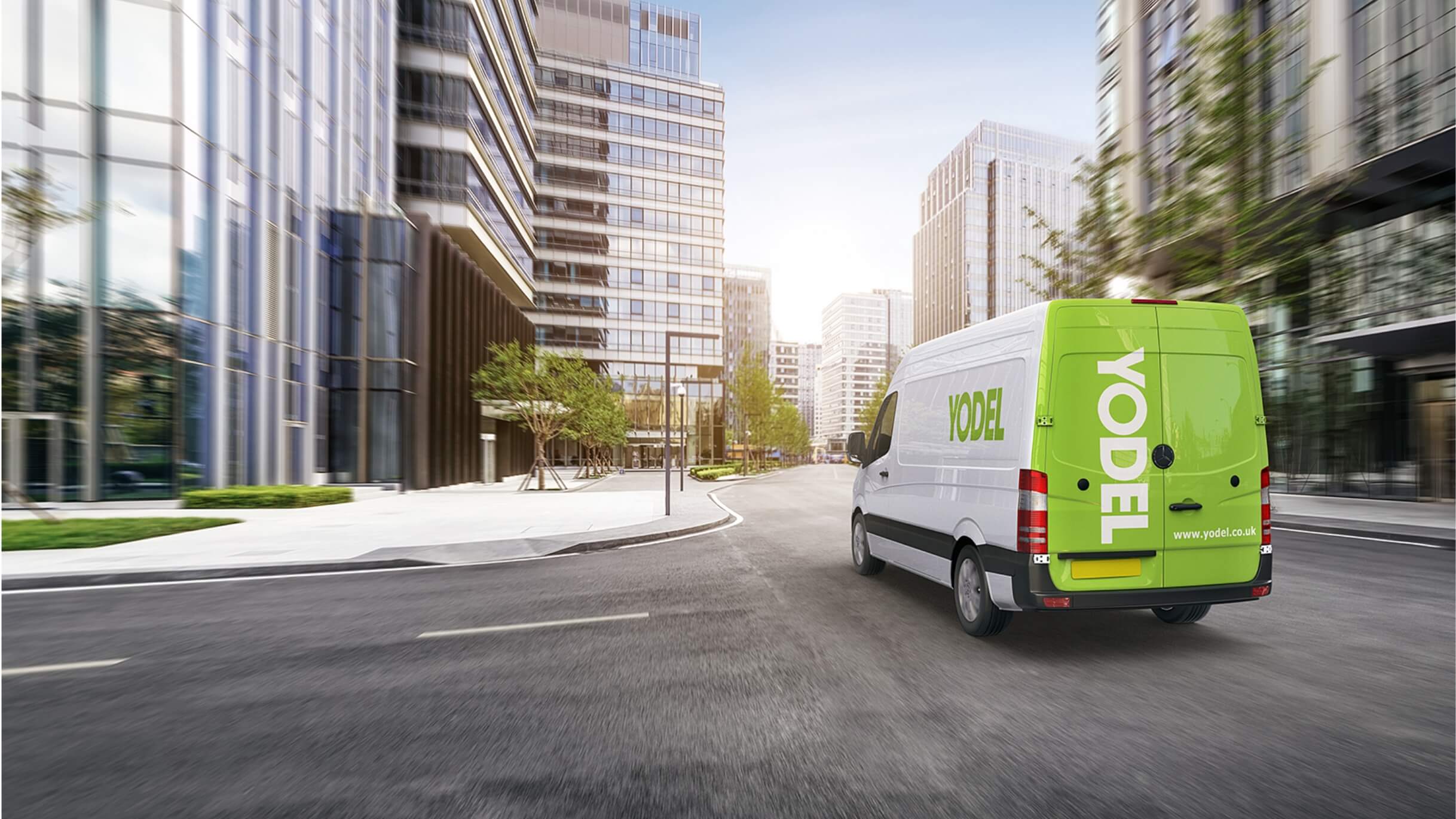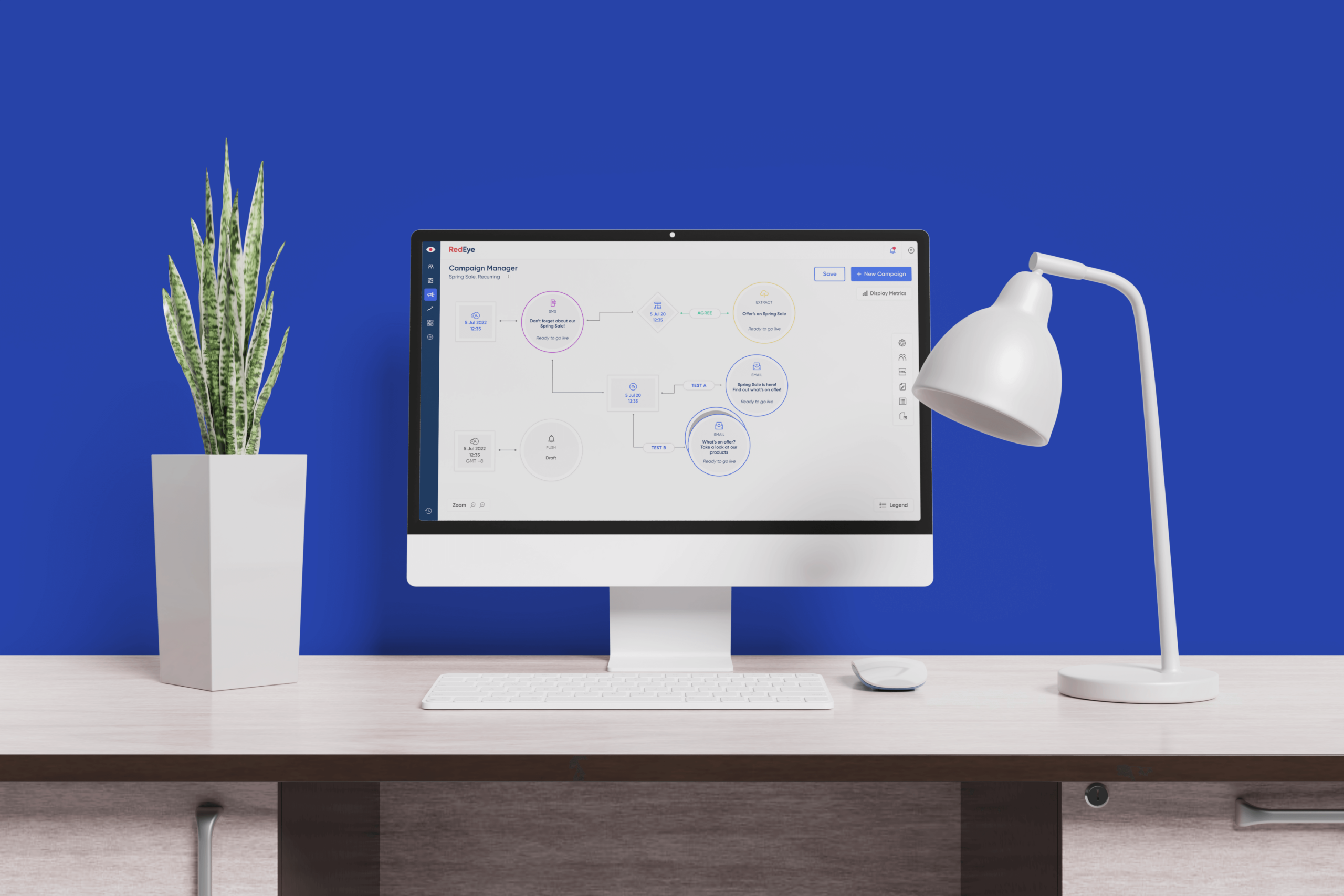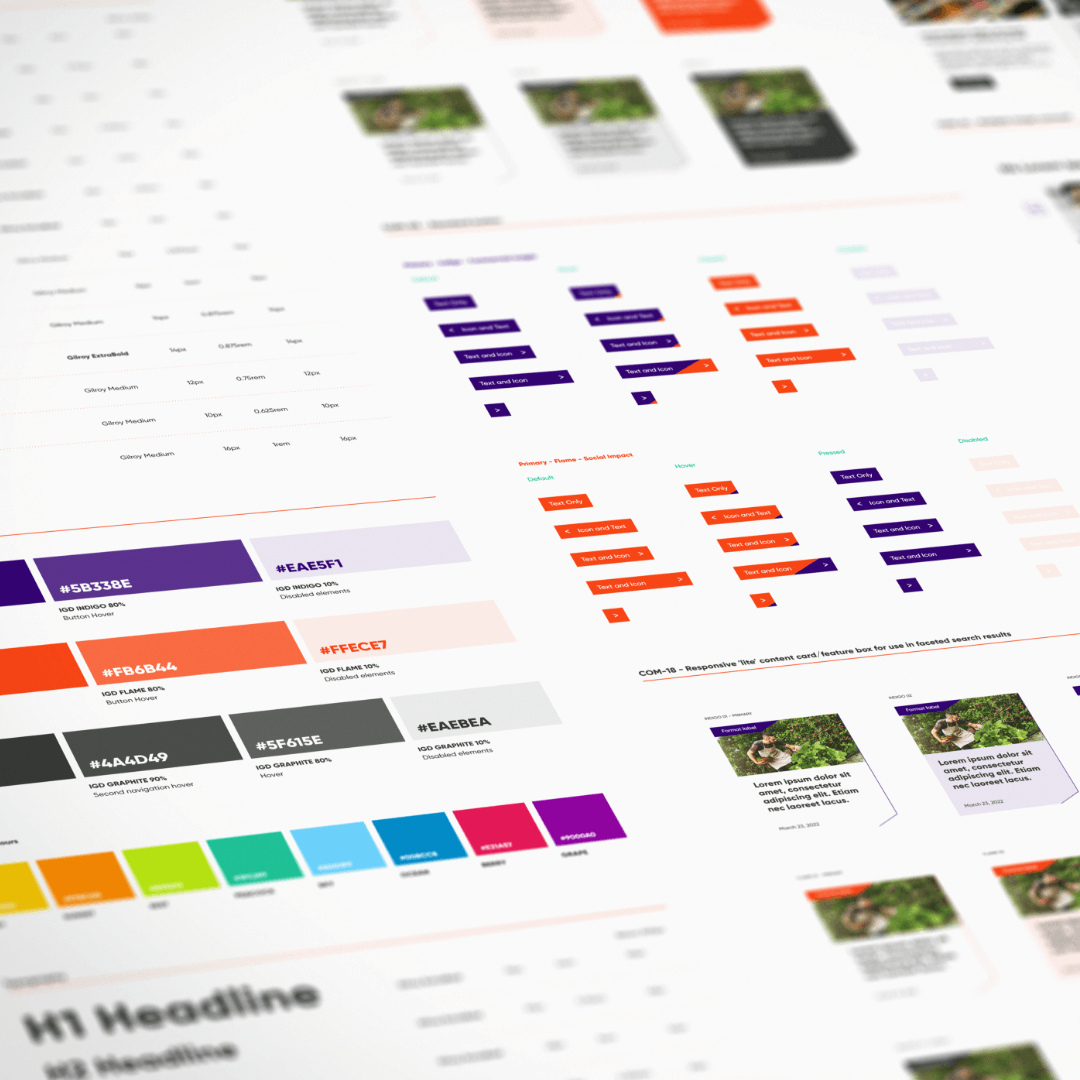Human-centered design is a philosophy that puts the needs and desires of the user at the center of the design process. By understanding and empathising with users, we can create products that truly resonate with them.
Human-centered product design
We believe that great design blends beauty and functionality for delightful user experiences.
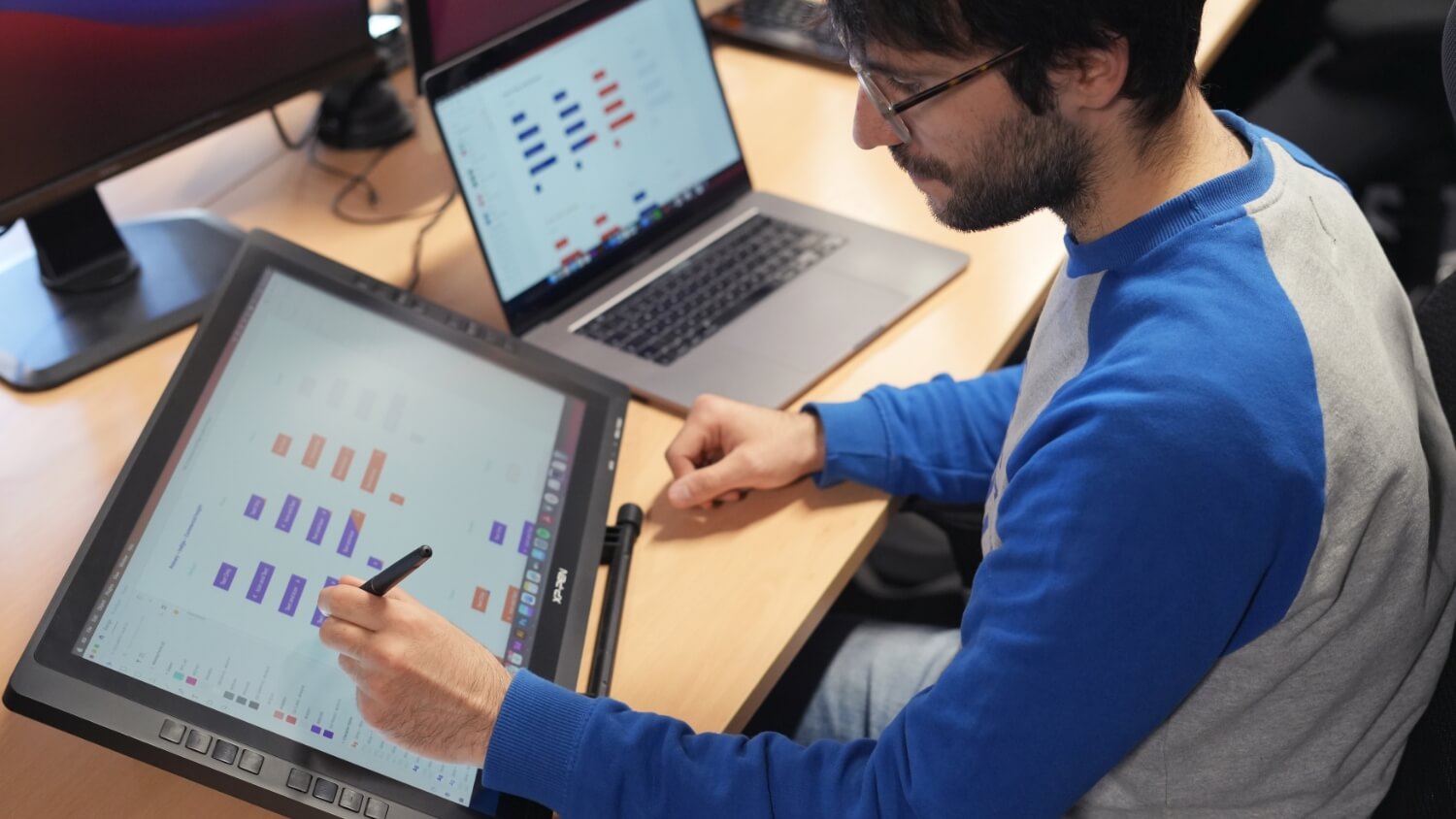
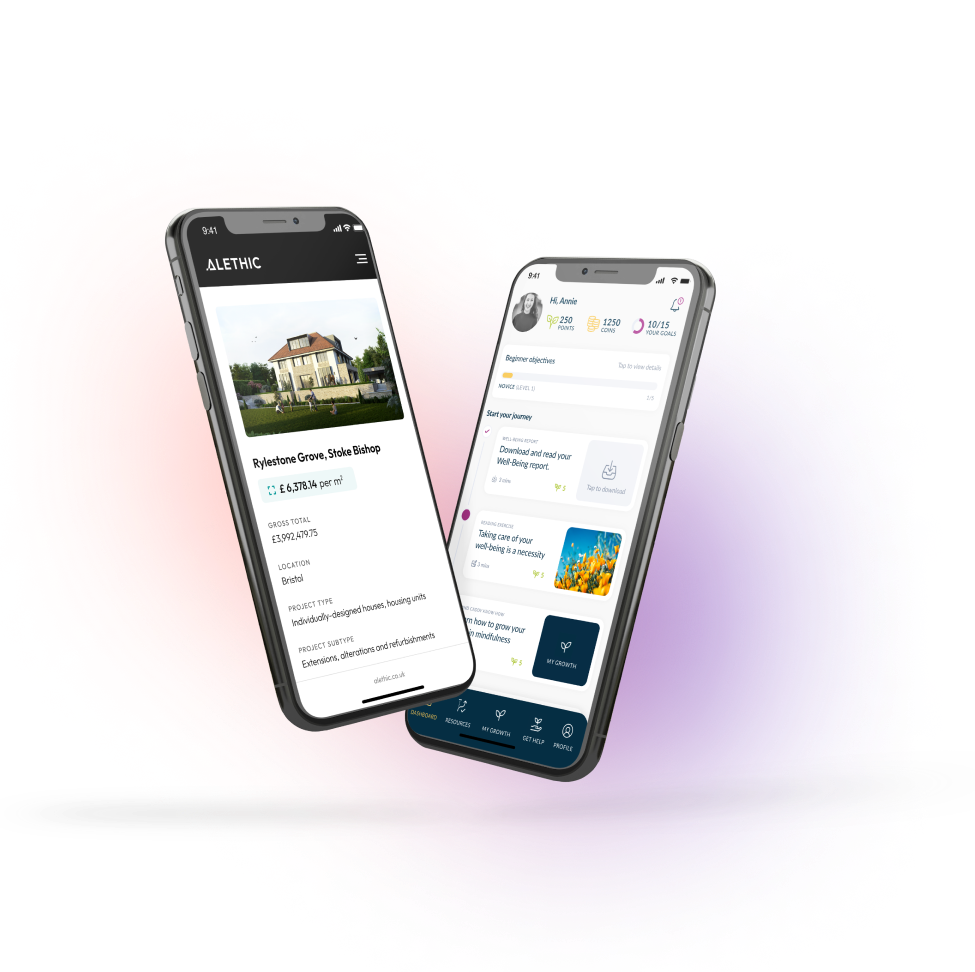
- Mobile and Web Apps
- Product Strategy
- Design Systems
- Design Consultancy
UX is how a user feels using a product, UI is how it looks.
We get asked all the time, “What is the difference between UX and UI — aren’t they are both done by designers?” — so let’s start by explaining.
UX design focuses on user experience and functionality, while UI design emphasizes visual elements. Combining both is essential for intuitive and appealing apps.
Our team will collaborate with you to research your audience, create user personas, and develop wireframes and prototypes, incorporating your feedback throughout the process. Together, we’ll ensure your app stands out in the digital landscape.
Craft a winning product with a solid strategy
Think of a product strategy as the roadmap defining everything from ideation to launch and beyond.
To create a product strategy, define your product’s vision, target market, and goals. Develop a flexible roadmap highlighting key features based on research and market trends. Collaborate with experts to ensure your product meets audience needs and stands out.
The key to consistency across all digital platforms.
A Design System is a set of reusable components that ensures consistency and efficiency across digital products. It serves as a style guide, preserving your brand’s identity. While building one from scratch can be challenging, we can help create a system tailored to your brand’s needs.
Here’s how we can help:
- Assess Your Needs: We start by understanding your brand, your goals, and your existing digital products.
- Develop a Strategy: We create a comprehensive strategy that outlines the components, guidelines, and assets your Design System will need.
- Design and Development: Once we’ve established the strategy, we design and develop the components, guidelines, and assets that make up your Design System. We ensure that the system meets your brand’s aesthetic and functional requirements.
- Implementation and Training: We collaborate with your team to implement it across all your digital platforms. We provide training to ensure that your team can use the system effectively.
- Maintenance and Updates: We can maintain and update your Design System as your brand evolves and your digital products change.
Helping you to navigate an ever-changing digital landscape.
As a business owner, you know that first impressions are everything. Your website, social media, and marketing materials are often the first point of contact with potential customers, so it’s crucial to make them count.
Our team of designers collaborates with you to understand your business goals and target audience, creating a design strategy that resonates.
With our consultancy services, we ensure a consistent and professional brand image across all digital platforms. From website design to social media graphics, our work helps you stand out and make a lasting impression.
Whether you need a fresh perspective for your internal team or guidance on utilizing design effectively, we’re here to support you throughout your journey.
Successful stories.
Are you ready to get started? Speak to us today.
Frequently Asked Questions
Here are some of the questions we get asked about Product Design. If there is something you want to know that isn't covered here, please get in touch.
What are the steps in the product design process?
The product design process is a series of steps that we, as designers, follow to create a new product.
These steps typically include:
- Ideation
- Research
- Conceptualisation
- Design
- Prototyping
- Testing
- Production
- Launch
- Iteration
All projects will follow thse steps in some way. Some projects will deliver all steps in-depth whilst others will touch more on one area than others — ultimately, it comes down to project complexity, time, and budget.
How do you measure the success of a product design?
Here are some key metrics that we use to measure the success of a product design:
- Sales: If your product is selling well and generating revenue, it’s a good sign that your design is resonating with customers.
- Customer feedback: If customers are satisfied with your product and are leaving positive reviews, it’s a good indication that your design is meeting their needs.
- User engagement: This includes metrics like how often customers use your product, how long they spend on your website or app, and how many times they return to make a purchase.
- Return on investment (ROI): Measuring the ROI includes looking at the costs of the overall process up to delivery, compared to the revenue generated by sales.
- Brand loyalty: If customers are loyal to your brand and are likely to purchase from you again, it’s a good sign that your design is resonating with them.
- Market share: If your product is gaining market share and is competing well against other products in the same category, it’s a good indication that your design is successful.
Overall, measuring the success of a product design requires looking at a variety of metrics. By considering these different factors, you can get a more comprehensive picture of how your design is performing and make informed decisions about how to improve it.
What is a clickable prototype?
A clickable prototype is a digital representation of a product that allows users to interact with the design as if it were a real product. Unlike a static prototype, a clickable prototype is designed to be interactive, allowing users to click on buttons, links, and other elements to navigate through the product.
We use prototypes throughout the user interface (UI) design process to test and refine design choices before development begins. By allowing users to interact with the design, designers can get feedback on the functionality and usability of the product and make any necessary adjustments.
Creating a prototype both ourselves and our clients to visualise the user experience (UX) of the product and identify any potential issues before development begins.
What is an MVP?
An MVP, or Minimum Viable Product, is a product design and development strategy that involves creating a basic version of a product with just enough features to satisfy early adopters and gather feedback for further development. The idea behind an MVP is to create a product that is good enough to attract early customers, but not so complex that it takes too long or too many resources to develop.
In practice, an MVP might be a website with a few key features, a mobile app with limited functionality, or a physical product with only essential features. The goal is to get the product in front of customers as quickly as possible, gather feedback, and use that feedback to make iterative improvements and develop the product further.
